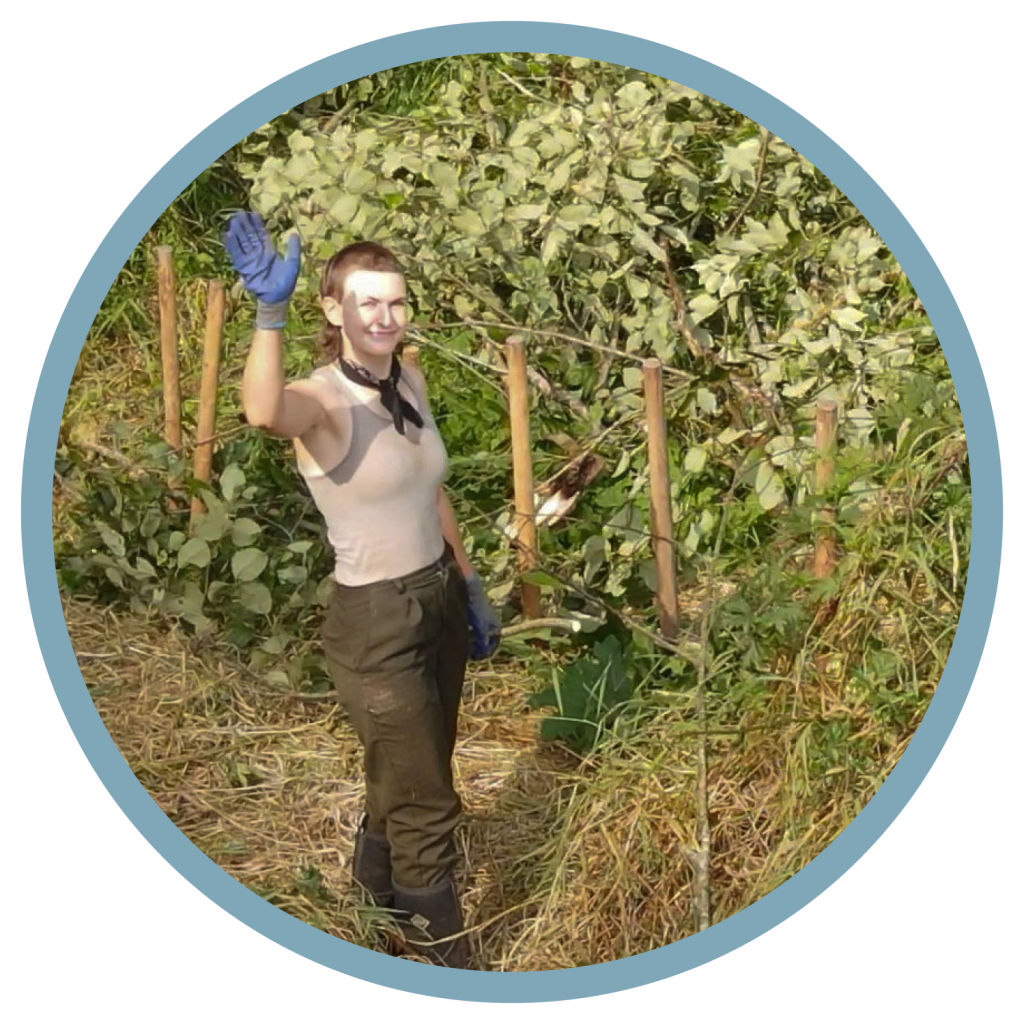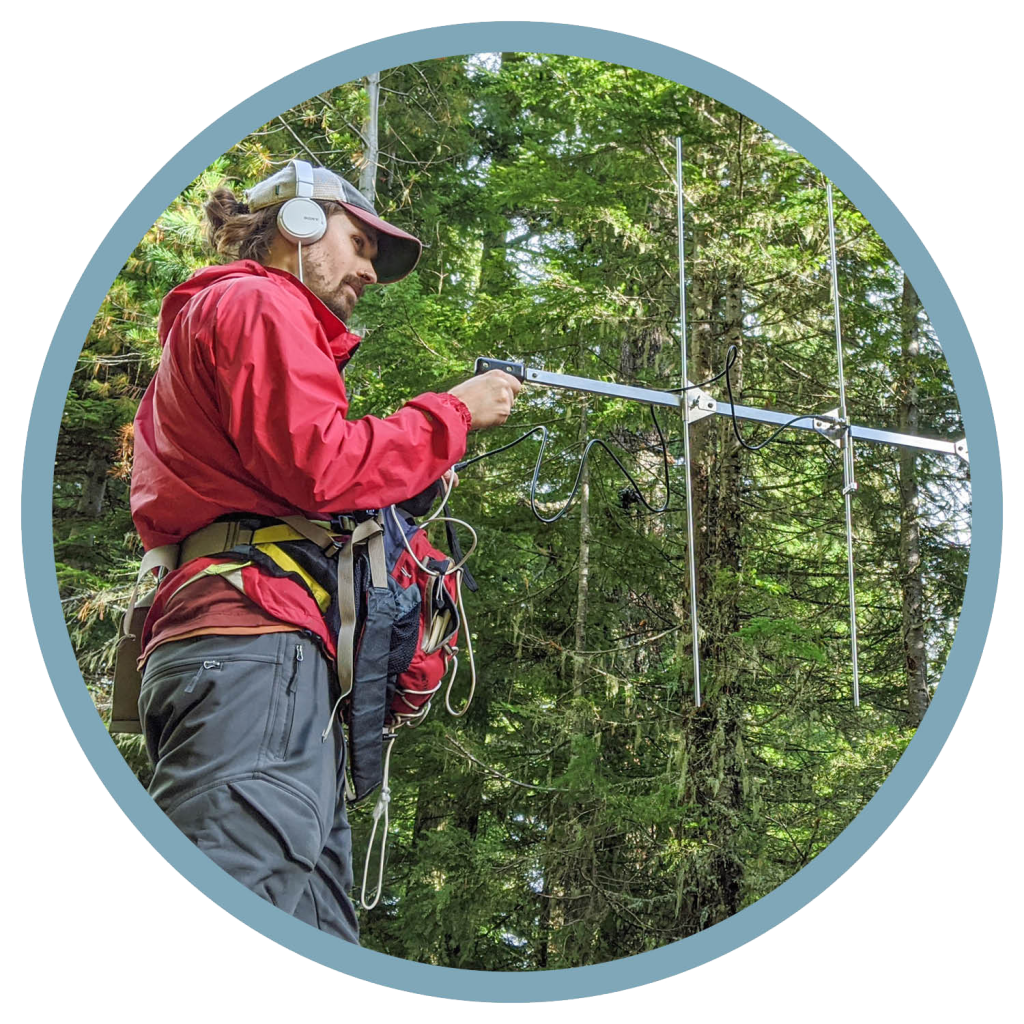Protecting Our Future Means PLANTING SEEDS OF HOPE
Everyone who is a part of Cascade Forest Conservancy’s community of volunteers and donors has their own reasons for supporting our work, but they all share one important trait: optimism. One of our newest volunteers, supporters, and friends, Heather Gordon, talked about her optimism during a recent conversation she had with us about the two volunteer trips she attended this summer. Heather helped collect and later spread the seeds of native plants to support ecosystem recovery in a part of the forest known as the triple burn area–a location south of Mt. Adams where natural seed banks have been depleted following a series of short-interval wildfires. Seeing the impacts of climate change up close and being able to do something about it gave her hope.
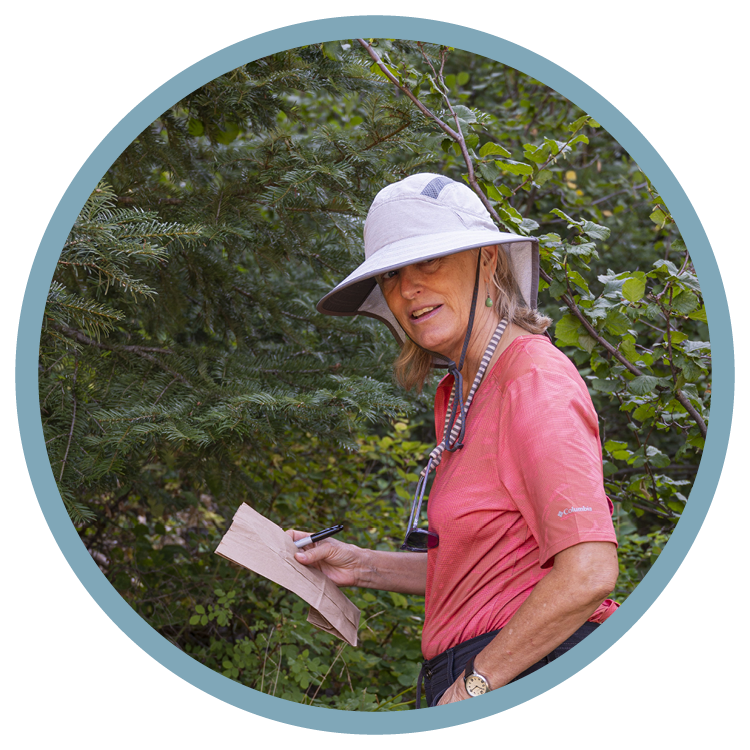
I think that for anyone like me—who is worried about the impacts that human beings have had on our environment and our natural systems, and who understands how climate change, in particular, is a huge monumental issue we have to tackle—being able to do something concrete, on the ground, outside with other people who are like-minded, who also care and who are worried—it’s just a very positive experience.
It brings you hope, to see that people care. Because a lot of the time you’re just reading headlines in the news or you’re hearing it on the radio or whatever, and you’re not connecting with others that are like, “yeah, but we can do something.”
I took away [from the volunteer experiences] a sense of community, a sense of positive change, and hope that we can still be having an impact to stall or set back some of the damage we’ve done. That’s a positive thing for me because I don’t want to feel hopeless. I really am an optimistic person. So I liked that I was outside my house connecting with other people who were trying. It’s like ‘Okay, here’s something we can do. Let’s collect plants to grow again. Let’s be out in the triple burn area on Mt. Adams, and let’s see if we can give these plants a nudge!’ Ya know? Super cool! Yes, let’s do that!
Heather had been giving her time and resources to other environmental non-profits before discovering CFC. She loved our organization’s volunteer opportunities in particular because she wanted to spend time helping environments near her rural Washington home to flourish. Heather grew up living on a two-acre California property in a family that loved camping and being outdoors. Then, in her career as a college and high school English teacher, she assigned her students projects researching environmental issues, which provided her with opportunities to learn as well.
Now retired, Heather says that volunteering with CFC not only allows her to meet like-minded people in her community and feel good about making a difference for local habitats, but also helps her become more connected to the land in and around her 3-acre southwest Washington home.
When we bought this place it got my antenna up for amazing outdoor things–whether it’s growing organic vegetables or bringing the wildlife back to our yard… [Volunteering with CFC] is doing something in an environment I can visit and where I can see the impacts that conservation work is having in my local area.
And learning more about local native plants is exciting for sure. On the second trip I was able to say ‘Oh, that’s yarrow! Oh yeah, that’s pearly everlasting!’ Somebody said to me ‘You’re really good at this!’ and I thought, “Wow, I’m starting to get to know these plants–I’m so excited!”
After that, I went camping and I was able to identify lots of plants and seeds, and in a couple of appropriate places where there were ample seeds, I decided I was going to take just a few of these home. And what made me even more excited was finding that even in my little neighborhood I had opportunities to identify and collect some seeds. I know you have to be sensitive and can’t just go collect everywhere–you have to have a permit. But even realizing that that is something you can do, that there are fun ways to engage with the environment that I hadn’t even considered, is cool.
While in the field with CFC, Heather found the charred snags and budding signs of new life in the Mt. Adams triple burn area strangely beautiful and says she looks forward to returning to see how the seeds she and others collected and then planted help the fire-impacted area recover over the coming years.
We’re grateful to have met Heather and many other new volunteers and supporters who became part of our community in 2022. Heather plans to continue volunteering with and supporting CFC.
Will you join her today?
If you care about the outdoors, getting connected with [Cascade Forest Conservancy], either through financial contributions or giving your time, I think is an excellent way to try to keep supporting the future of this space–the future of the environment we love.
Help Cascade Forest Conservancy continue planting the seeds of hope that will grow into Forest for the Future by making a donation today! Give a gift to the next generation by supporting vital advocacy and restoration efforts that are making a difference for the heart of the Cascades.
MORE FOREST FOR THE FUTURE FEATURED STORIES
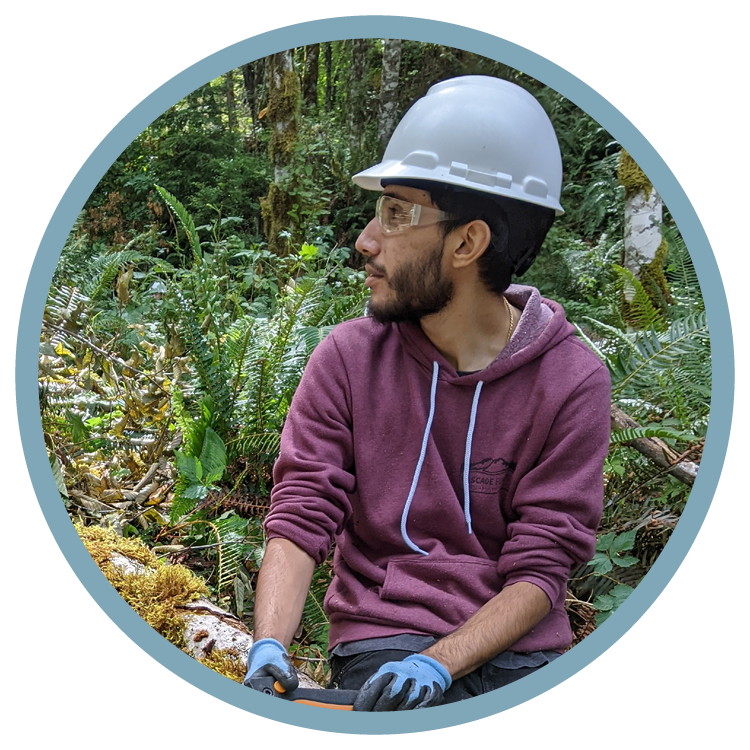
Our 2022 Science & Restoration intern, Alex Torres, on why even small actions make a major impact for the Cascades
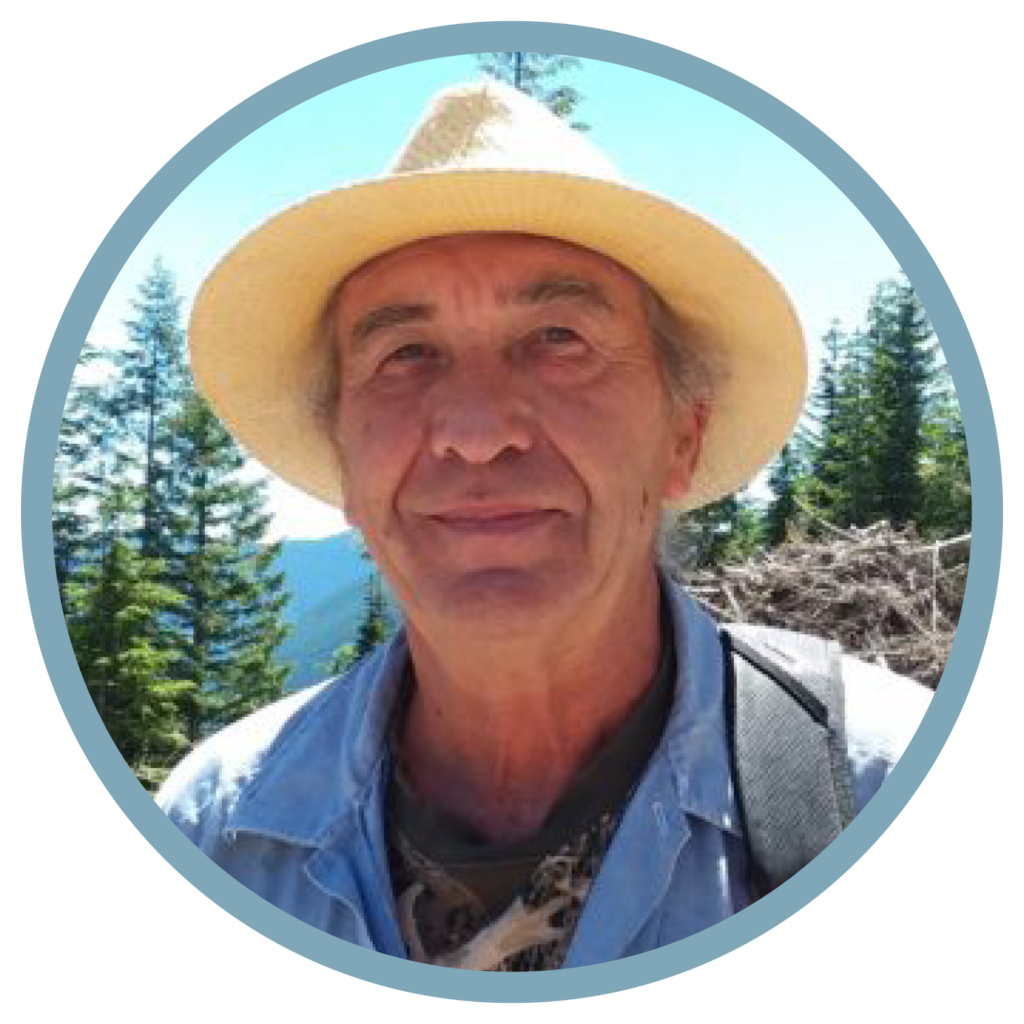
Pinchot Partners forest collaborative Chair, Pete Krabbe, on why protecting our future means investing in relationships
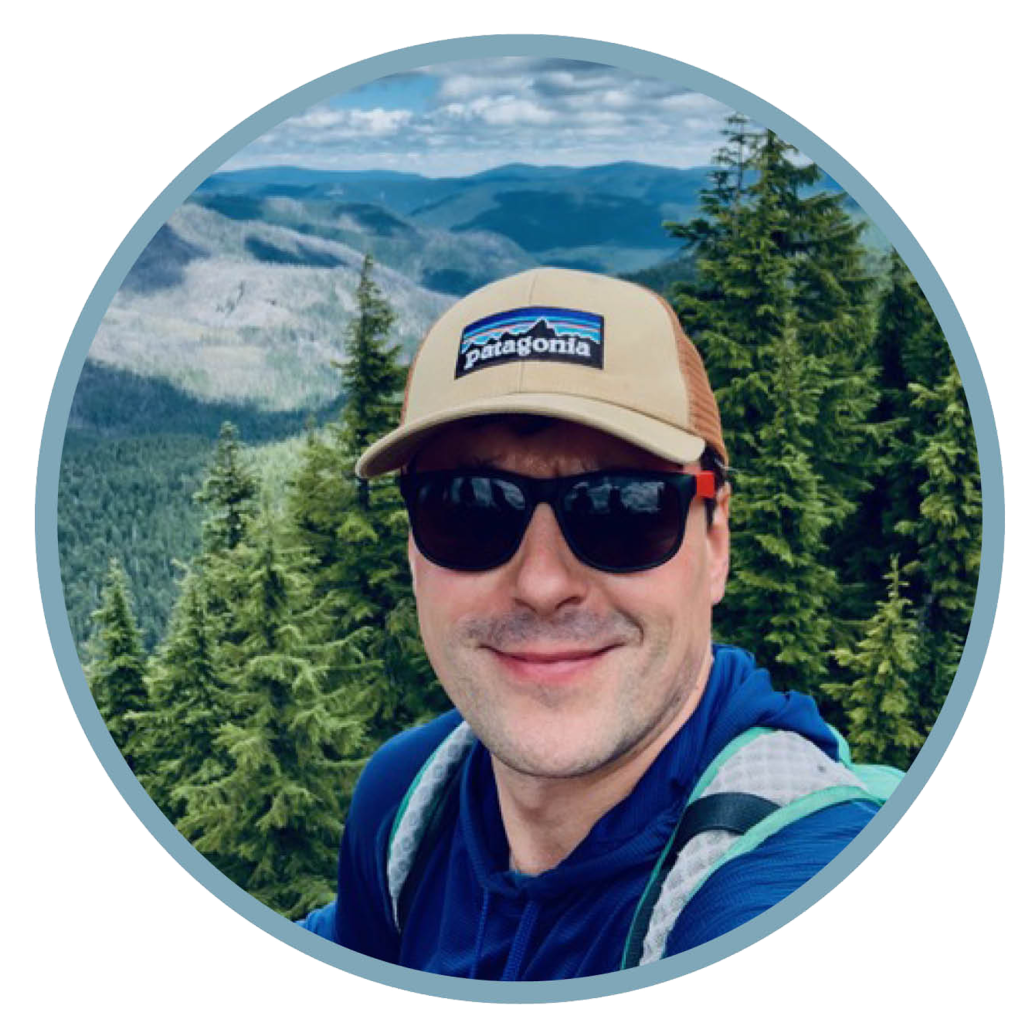
South Gifford Pinchot Collaborative Coordinator, Josh Petit, on CFC’s work with forest collaboratives
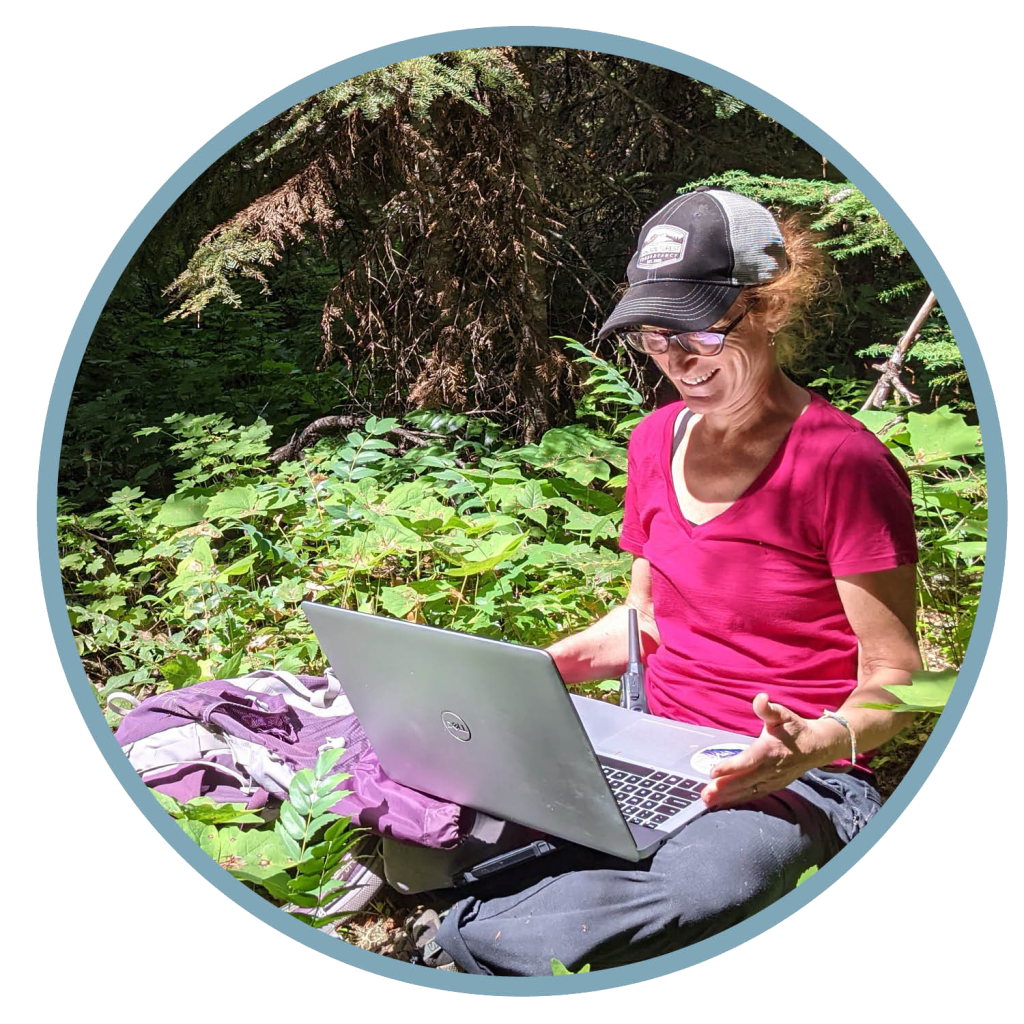
Supporter and volunteer, Kim Freeman, on why protecting our future means protecting wildlife
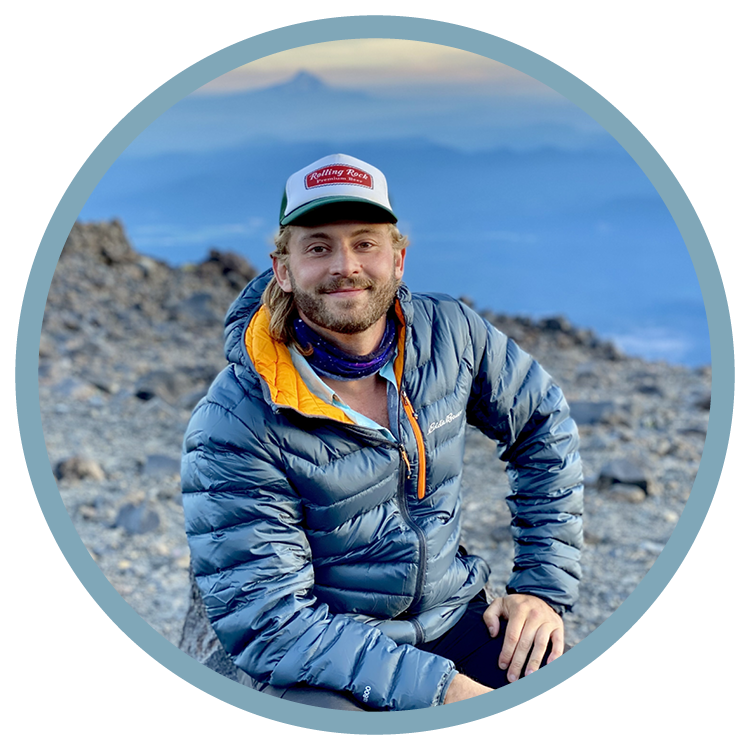
Supporter and business owner, James Owen, on why protecting our future means empowering CFC
